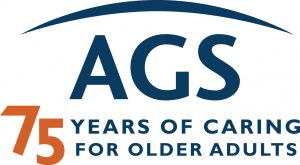By now, we’re all aware that COVID-19 poses heightened risks to older adults. The CDC reports that eight out of 10 deaths in the United States have been in people aged 65 and older.
But becoming infected with this potentially deadly virus isn’t the only risk that warrants our careful attention. Older adults face other COVID-19 related challenges, including issues that can impact emotional, physical, and even financial wellness. Reports of elder abuse (the mistreatment of someone because of their age) in its several terrible forms are sadly on the rise. But there are steps we can all take to help support those who need us.
“This is a test and I hope we pass it,” says Laura Mosqueda, MD. Dr. Mosqueda is Dean of the Keck School of Medicine, USC, and codirector of the National Center on Elder Abuse. Dr. Mosqueda shared her worries with us about the health and safety of older adults during this global pandemic. She is particularly concerned about four key issues that target older adults.
Social Isolation
“To me, what’s really interesting right now is that we know that the dangers of social isolation are really significant for older adults. In fact, we’ve been making all kinds of public health statements about just how dangerous social isolation is,” Dr. Mosqueda notes. “And now we’re telling everyone to socially isolate and to practice social distancing.”
Vulnerability to Financial Abuse
Because of this social isolation, older adults are now potentially more vulnerable to things like financial scams. This is because they may no longer have friends or family members dropping in regularly. According to Dr. Mosqueda, “these days, when an older adult just needs to get a home repair or something done, they don’t have as many people around who might be advocating for their best interests.” Continue reading


